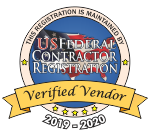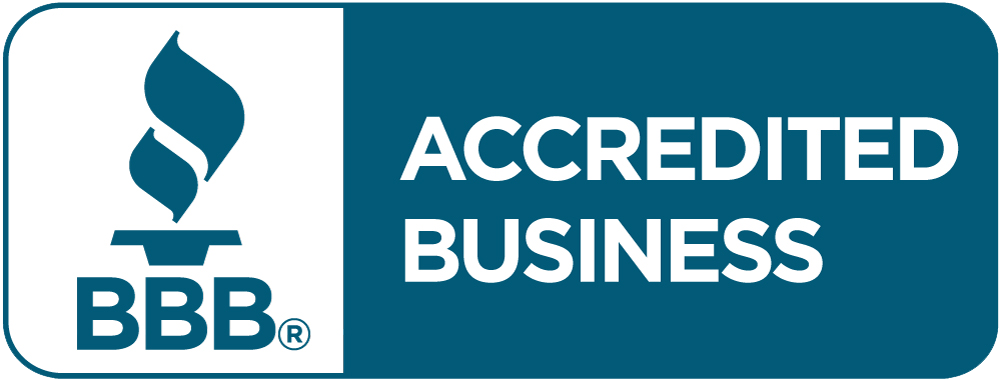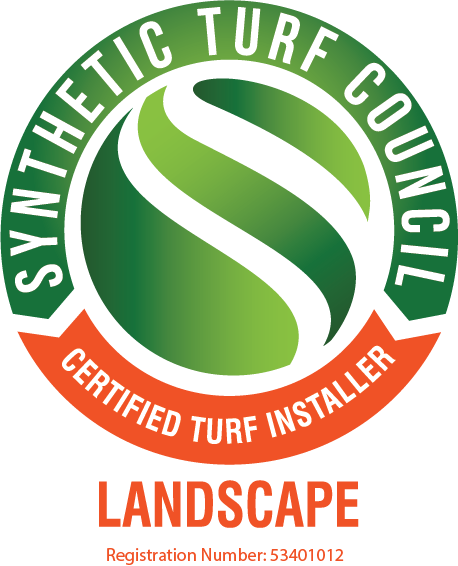While synthetic grass in North Carolina and South Carolina offers less maintenance than traditional grass, there are still steps that homeowners need to take to protect your artificial lawn throughout the winter months. The maintenance involved is significantly less than what you would typically deal with traditional grass, however there are still necessary steps to take to prolong the life of your artificial lawn.
Prepare Your Synthetic Grass
North and South Carolina winters bring snow and ice during the winter months. For homeowners, this may raise a few questions about their synthetic grass. SYNLawn Carolina/Southeast Turf offers artificial grass that is built for all seasons, but there are some steps you can take to help prepare your lawn before snow and freezing temperatures set in. The key is to start early; during autumn, leaves are changing and falling on your lawn. To prevent this debris from freezing into your lawn after the first snowstorm, you’ll want to use a brush or leaf blower to move all leaves off of your synthetic grass.
Let It Snow (& Let It Melt)
When that first snowstorm hits, many homeowners feel the need to remove snow as soon as possible. With artificial grass, it’s actually best to let the snow melt on its own. SYNLawn Carolina/Southeast Turf’s expert installers make sure your drainage systems are in place to allow for a natural and effective draining of melted snow. Avoid treading on your grass through the winter months to help preserve the grass fibers. If your North Carolina home synthetic grass is in a high traffic area, consider installing a walkway that will allow safe passage through the lawn.
Removal of Snow
We know it’s not always possible to stay off your synthetic grass for months at a time. For children and pets, using your artificial lawn is a part of everyday life. In this case, not removing snow could result in thick layers of ice covering your lawn. In high traffic areas, you’ll want to do the following:
- Use a light plastic shovel to remove snow after a storm. A heavy or metal shovel could damage the blades of artificial grass.
- For just a dusting of snow, a light brushing is effective enough to remove the snow without causing harm to your artificial turf.
If ice does form over your synthetic grass, it’s important to note that you should never use salt to remove it. Salt residue can be damaging to the backing of your synthetic grass and to your drainage system.
During winter, remember to let the snow melt naturally. In high traffic areas use a light shovel or brush to clear the area after snowfall. At the end of the winter season, you’ll want to clean any dirt or rocks that might have inserted themselves onto your synthetic grass for a smooth transition into spring.
SYNLawn Carolina/Southeast Turfs’ synthetic grass is built to withstand the changing of seasons. With proper care and minimal maintenance, you and your family will enjoy a beautiful lawn for years to come. To schedule your free consultation, contact SYNLawn Carolina/Southeast Turf LLC today.





